Santa Ana Valley Pipeline Repairs Project
The California Department of Water Resources (DWR) identified eight high priority (Priority 1) repair sites and four lower priority (Priority 2) repair sites during Eddy Current Tests of the Santa Ana Valley pipeline. DWR planned to excavate, inspect, and repair these pipe sections on the Santa Ana Valley Pipeline, which is the underground portion of the California Aqueduct, and is a 12-foot diameter high-pressure water pipeline. The pipeline extends from the Devil Canyon Power Plant in San Bernardino County to the Lake Perris reservoir inlet in Riverside County – a distance of approximately 27 miles. The pipeline crosses the upper Santa Ana River near Highland and Redlands. The Santa Ana Valley Pipeline originates in the southern foothills of San Bernardino and travels south, across the valley to the Lake Perris Area. Aspen prepared additional documentation for four of the Priority 2 sites not previously analyzed in support of a CEQA Notice of Exemption.
Based on the characteristics of the project as a maintenance activity with a low potential for impacts to sensitive biological, scenic, and historic resources, as well as to air quality, noise, traffic, and hazardous waste sites, Aspen determined that the proposed project met the criteria for Class 1 and Class 2 categorical exemptions under CEQA and was not negated by any of the exceptions listed in CEQA Guidelines Section 15300.2. Aspen prepared supporting documentation to be placed on file with the CEQA Notice of Exemption.
Aspen coordinated with the Regional Water Quality Control Board and the State Water Resources Board and determined that the project would qualify for the general NPDES permit, because it only involved dewatering of potable water for maintenance activities of the aqueduct. In addition, Aspen conducted extensive coordination with the San Bernardino County Flood Control District regarding the project’s dewatering permit.
Prior to construction of the project, Aspen conducted the pre-construction compliance review. This task included the tracking and review of submitted plans, permits, and other documentation required for construction of the project. Aspen developed a comprehensive Worker Training Program and provided environmental training for all project personnel.
Compliance monitoring was conducted by the Aspen Environmental Monitor to chronicle and document the DWR contractor’s compliance with project requirements, compliance plans, and permit conditions.

